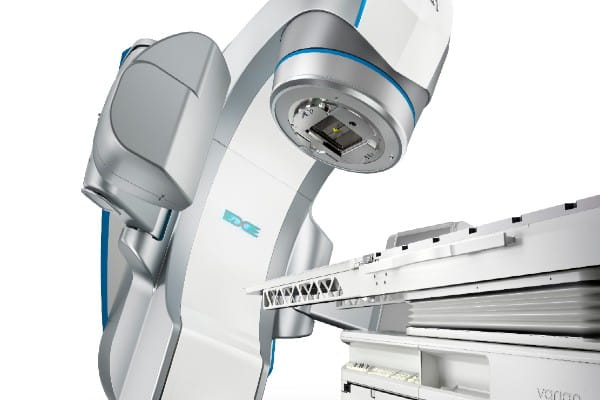Osteoarthritis of the spine overview
What is osteoarthritis of the spine?
Osteoarthritis of the spine, or spondylosis, is a degenerative joint disease in which the cartilage (protective coating) of the vertebrae and discs has worn down, causing inflammation, pain and sometimes bone spurs.Who gets it and when?
This type of osteoarthritis can impact anyone, but because it occurs over time, it is more likely to occur in older adults. In fact, most older adults have osteoarthritis of the spine to one degree or another.What triggers osteoarthritis
Spondylosis develops as a result of normal wear and tear on the spine due to work, daily living and recreational activities. Risk factors for progression of spine osteoarthritis include obesity diabetes, tobacco use, and family history.What are osteoarthritis symptoms
What are the signs and symptoms of osteoarthritis of the spine?
People with osteoarthritis of the spine experience:
- Stiffness and pain in the affected area (most commonly the lower back or neck)
- Pain that is often worse in the evening and may disrupt sleep
- A crunching/popping sound or feeling in the back or neck
Osteoarthritis of the spine diagnosis
How is osteoarthritis of the spine diagnosed?
Diagnosing osteoarthritis of the spine generally involves a medical history, physical exam and diagnostic imaging that may include an X-ray, MRI and/or CT.
What is best treatment for arthritis in lower back
How is osteoarthritis of the spine treated?
Medical
Medications used to relieve symptoms include over-the-counter NSAIDs, such as Tylenol, ibuprofen (Advil/Motrin) and naproxen (Aleve, Naprosyn), prescription-level anti-inflammatories/NSAIDs and corticosteroids (oral prednisone).
Physical Therapy
Physical therapy will likely include exercises focusing on strengthening the back and neck muscles and increasing range of motion. It may also include corrections to posture, lifting techniques and job simulation tasks.
Non-Surgical Procedures
Targeted steroid injections are often administered by a pain specialist.
Surgical
Decompression and spinal fusion surgeries can be performed to treat osteoarthritis of the spine if it is creating spinal instability and/or compromising the nerves.


